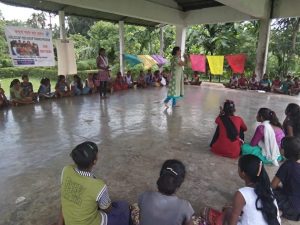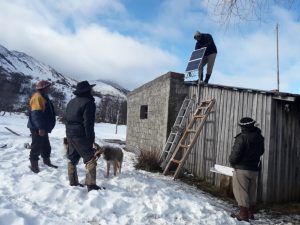ROME, Italy, Oct. 19, 2022 (GLOBE NEWSWIRE) — Angelini Industries, a multi–sector Italian industrial group which operates in 21 countries with 5,800 employees, has announced the launch of Angelini Ventures, a global corporate venture capital initiative, with a 300 million capital commitment. Angelini Ventures will build and invest in early–stage companies that develop innovative ideas and solutions in biotechnology, digital health and life sciences.
"We have put a lot of work into the development of Angelini Ventures whose mission will be to invest at international level in high–potential ideas, opportunities and projects that use technology to transform the future of the global health system. Thanks to our specific skills and expertise, our ambition is to not only further develop our business but also, and above all, to give voice and life to solutions that have a positive impact on patients and communities, " said Sergio Marullo di Condojanni, Chief Executive Officer of Angelini Industries.
"I am incredibly proud to establish Angelini Ventures as a key pillar of healthcare innovation for Angelini Industries. We are building a robust infrastructure to develop and invest in new ideas, partnerships, and technologies," said Paolo Di Giorgio, Chief Executive Officer of Angelini Ventures. "Through Angelini Ventures, entrepreneurs will partner with subject matter experts and healthcare leaders who deeply understand the challenges of the healthcare industry and the evolving needs of patients and consumers."
Angelini Ventures has already made global investments of 60 million. The current investment portfolio includes Argobio, a Paris–based biotech venture studio; Angelini Lumira Biosciences Fund, a North American fund that invests in early–stage companies; and Pretzel Therapeutics, a Boston–based leading mitochondrial therapeutics company. For more information, visit angeliniventures.com.
Angelini Industries"is a multinational group with 5,800 employees,"operating in 21 countries and generating annual revenues of 1.7 billion. It operates in the pharmaceutical, consumer goods, industrial technology, perfumes and dermo–cosmetics and wine businesses. Its headquarters is in Rome, Italy.
| CONTACT Alessandra Favilli "" Group Chief Communication Officer COMPANY Angelini Industries PHONE 06 780531 EMAIL press@angeliniindustries.com WEB https://www.angeliniindustries.com/en/ |
A photo accompanying this announcement is available at https://www.globenewswire.com/NewsRoom/AttachmentNg/081630e0–8281–46ea–9514–d28f330f4bc5











